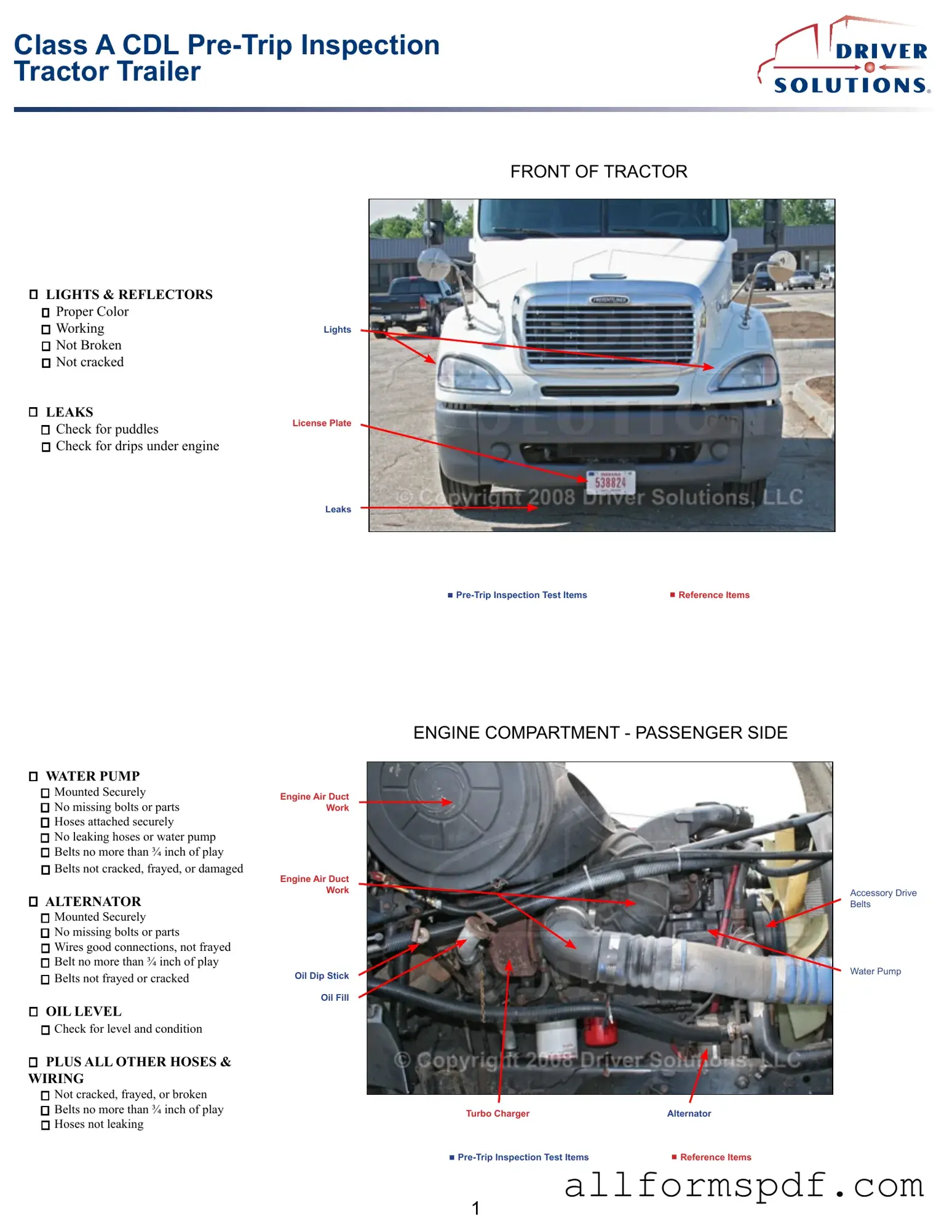Filling out the Pre Trip Inspection Checklist form is crucial for ensuring safety and compliance. However, several common mistakes can undermine its effectiveness. One frequent error is failing to complete the checklist in its entirety. Skipping sections can lead to overlooking critical vehicle issues.
Another mistake is not being specific when describing vehicle conditions. Vague descriptions can create confusion and may result in unresolved problems. For instance, stating that a tire is "bad" does not provide enough information for necessary action.
Many individuals also neglect to date and sign the checklist. This oversight can complicate accountability and tracking of inspections. Each inspection should have a clear record of when it was completed and by whom.
Inadequate training on how to properly fill out the form is another issue. Without proper guidance, individuals may not understand what to look for during inspections. This lack of knowledge can lead to incomplete or inaccurate assessments.
Some people rush through the process, treating it as a mere formality. This hurried approach can result in missed details that may pose safety risks later. Taking time to thoroughly inspect and document findings is essential.
Failing to use the correct form can also lead to complications. Using outdated or incorrect versions may mean missing critical updates or changes in regulations. Always ensure the most current version is in use.
Additionally, not involving all relevant personnel can be detrimental. Inspections should ideally involve those who are familiar with the vehicle's operation and maintenance. Their insights can enhance the quality of the inspection.
Another common mistake is not following up on identified issues. If a problem is noted but not addressed, it can lead to serious safety hazards. Every item on the checklist should prompt appropriate action.
Finally, some individuals may fail to keep a copy of the completed checklist for their records. Documentation is vital for accountability and future reference. Keeping a copy can help in resolving disputes or verifying compliance.
By being aware of these mistakes, individuals can improve the accuracy and effectiveness of the Pre Trip Inspection Checklist form. This will ultimately contribute to safer transportation practices.
